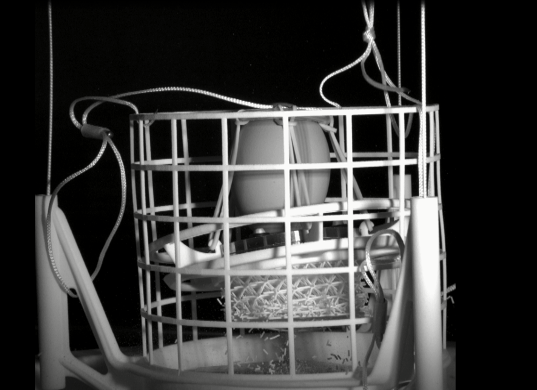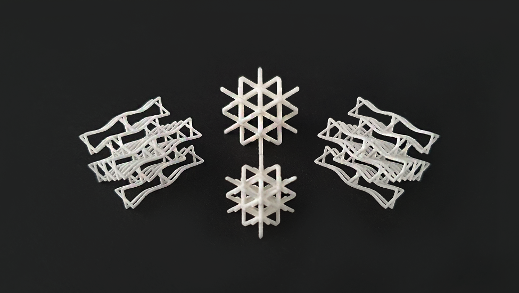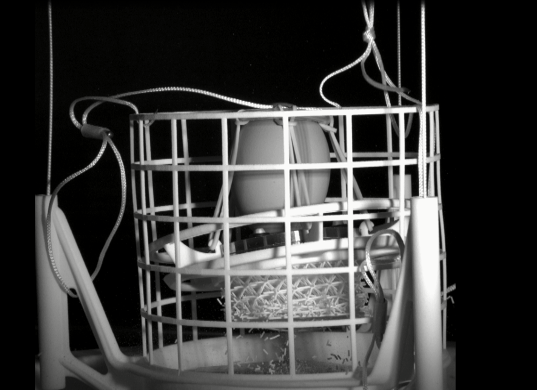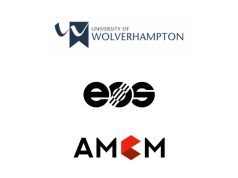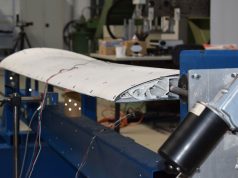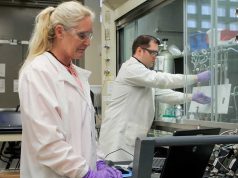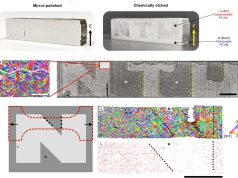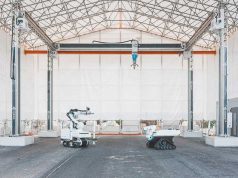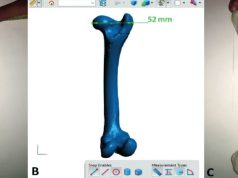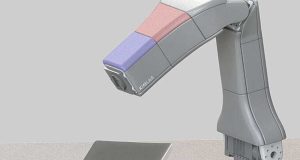The EU-funded research project MOAMMM[1] focuses on developing multi-scale simulation methods to optimize 3D-printed “lattice” structures. To give the theoretical principles a reality check the project partners were encouraged to participate in a real world crash trial: the Egg Drop Challenge. The aim was to design an additive-manufactured meta-material structure that would effectively prevent an egg against destruction from a 2-meter free fall. The egg here represents a human head and the structures are part of a future development of a multi-scale optimized bicycle helmet. For this reason, the setup of the competition was in many respects similar to a helmet drop test. High-speed camera recordings of the tests were serving for further evaluation and analysis.
Obviously, the practical experiments have significantly contributed to develop a better understanding of the complex structures and are a key decision-making aid on how to optimize the meta-material structures.
Due to its geometric freedom, the SLS (selective laser sintering) technology is increasingly being used to create functional components. The lattice structures are particularly interesting here, since the design liberty of additive manufacturing is taken to its maximum to produce mechanically optimized structures in an “uncomplicated manner” and without any tools.
Figure 1: Shock absorbing microstructures
The project partners from Madrid (IMDEA Materials) mechanically examined the microstructures printed by cirp GmbH (see Figure 1). cirp GmbH owns eight EOS sintering systems. The materials PA2200 (PA12) and EOS TPU 1301 were used for the shock-absorbing lattice structures. In order to optimally display the results, cirp developed and set up an egg drop test. The international project partners developed their own structures with the given guidelines. These were built on cirp’s facilities and taken to Madrid. The fresh eggs were installed on the respective structures and dropped from a drop height of 2 meters. If the egg survives, the structure wins. Figure 2, which was recorded with a high-speed camera, shows a negative example. The structure has low damping and the forces are acting on the egg. The egg breaks and the structure loses.
Figure 3, on the other hand, shows a positive example. The structure experiences a large amount of damage. The crash forces were absorbed in the structure. The egg is protected and we have a winner! Behind this shock-absorbing structure, which won the contest, a lot of work has been done: Various test specimens have been investigated and characterized. All project partners IMDEA Materials, University of Linz (JKU), Université de Liege (ULIEGE), Université catholique de Louvain (UCL) as well as cirp GmbH collaborated to additively manufacture this structure. Behind it, there are many man-hours for design, process control, characterization, simulation and the manufacturing process. The simplified representation through the egg drop test shows us that the use of additively manufactured lattice structures can provide for product revolutions, simplify manufacturing processes and be made accessible to the broad consumer market.
The expansion of this application area benefits not only the typical user, but also the Easter bunny if the eggs should do a crash.
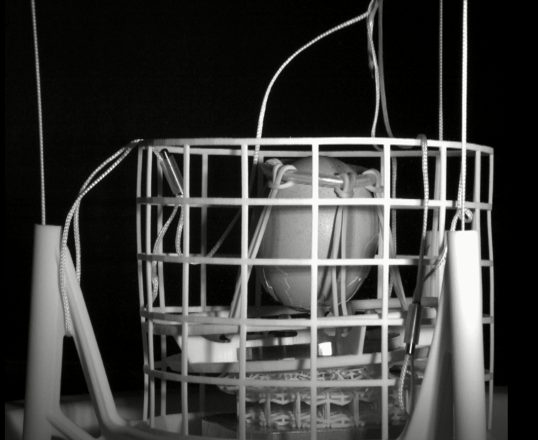 Figure 2: Egg Drop Challenge – negative example
Figure 2: Egg Drop Challenge – negative example
Figure 3: Egg Drop Challenge – winner
(c) Pictures & link: cirp GmbH
[1] The MOAMMM project is funded by the European Union’s Horizon 2020 research and innovation program under grant agreement No. 862015.Subscribe to our Newsletter
3DPResso is a weekly newsletter that links to the most exciting global stories from the 3D printing and additive manufacturing industry.



